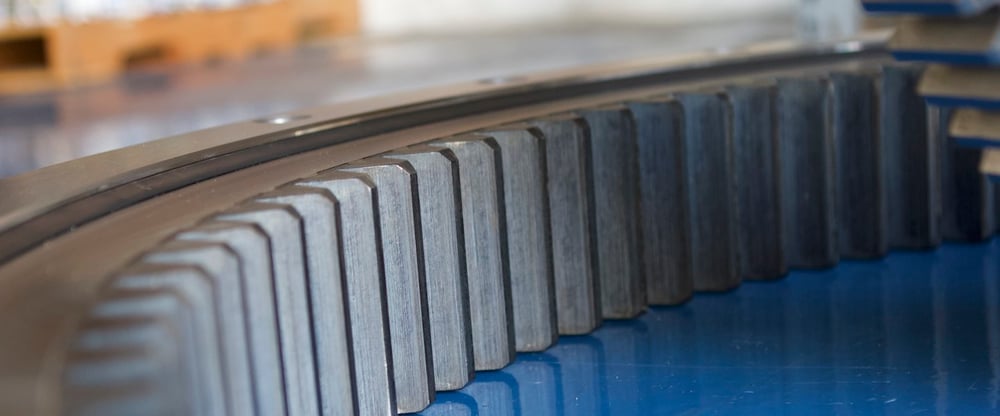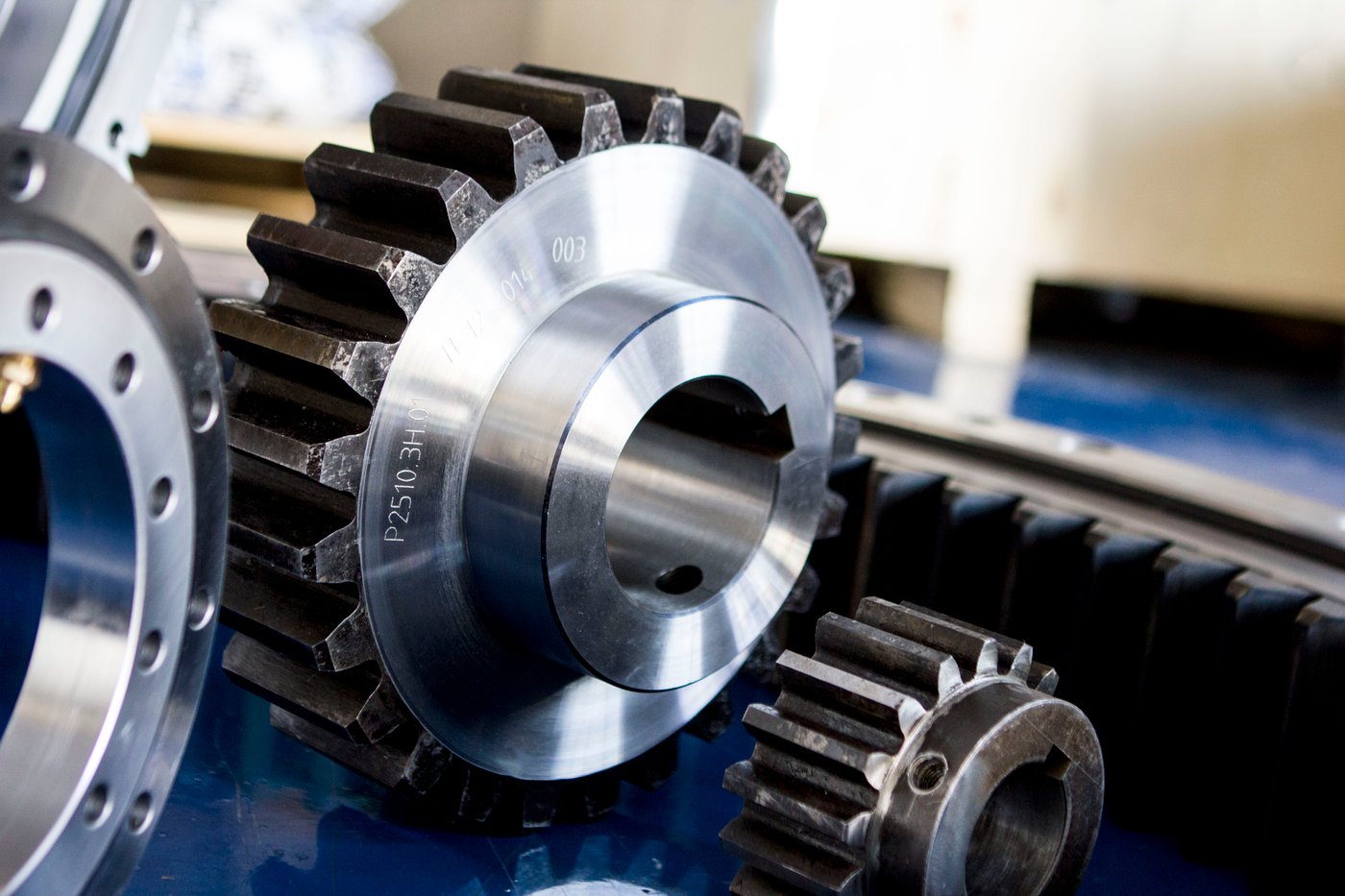When it comes to choosing the right slewing ring bearing for your machinery, getting the load calculations right is not just important—it’s essential. Axial, radial, and moment loads each play a role in how your slewing ring performs, and understanding these forces can make the difference between a long-lasting, high-performance component and costly downtime.
In this article, we’ll break down what each of these load types means, how they impact bearing selection, and how SlewPro’s customized slewing rings can be sized to meet your exact application needs.
What Are the Three Types of Loads?
1. Axial Loads
Axial loads are forces applied parallel to the axis of rotation. In slewing ring applications, this is typically the weight pressing down vertically through the bearing. Think of a crane lifting a heavy load or a wind turbine pushing down through its base—both exert strong axial loads.
Sizing Tip: Evaluate both static (non-moving) and dynamic (operational) axial forces to ensure your bearing can withstand the full range of pressure over time.
2. Radial Loads
Radial loads are forces that are applied perpendicular to the axis of rotation—essentially pressing in from the sides. These can occur from off-center loading or unexpected shifts during operation.
Sizing Tip: Radial forces often accompany axial loads, so bearings must be selected based on combined load scenarios. Misjudging this can lead to premature failure.
3. Moment Loads (Tilting Moments)
Moment loads, or overturning moments, are torques that try to tip the bearing around its center. These are common in applications with cantilevered arms—like excavators, cranes, or robotic devices. The longer the arm and heavier the load, the higher the moment force.
Sizing Tip: Moment loads put stress on the bearing structure and bolt connections. Choosing the correct raceway design—such as a triple-roller for high-moment environments—can dramatically increase durability.
Matching Your Application to the Right Slewing Ring
Every application is unique, and that’s why Potesta & Company, through their SlewPro line, offers a range of customized slewing ring bearings to meet specific requirements. Here's how to match load requirements to slewing ring features:
- Light-duty applications: A single-row ball bearing design is sufficient when loads are minimal and well-balanced.
- Medium to heavy-duty applications: A double-row or cross-roller bearing provides better handling of combined loads and improved stability.
- Extreme load or moment conditions: A triple-roller bearing offers maximum support, especially in high-stress industrial or aerospace applications.
When Standard Won’t Cut It—Go Custom
Can’t find a standard slewing ring that meets your needs? SlewPro’s engineering team is ready to help. With in-house design capabilities—including 2D/3D modeling, FEA support, and technical documentation—they’ll ensure your custom slewing ring is built to handle the specific axial, radial, and moment loads your equipment faces.
And with U.S.-based design, dependable delivery options (including JIT and blanket orders), and fair pricing powered by a global supply chain, SlewPro provides performance without compromise.
Get Expert Help
Not sure where to start with load calculations or sizing? Our engineers are here to walk you through the process. Choosing the right slewing ring isn’t guesswork—it’s a science.
Contact Potesta & Company today to talk with a SlewPro specialist.




